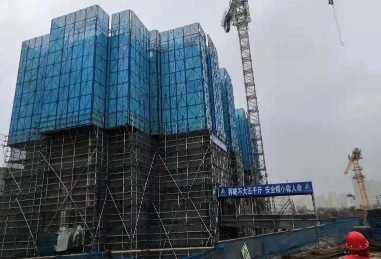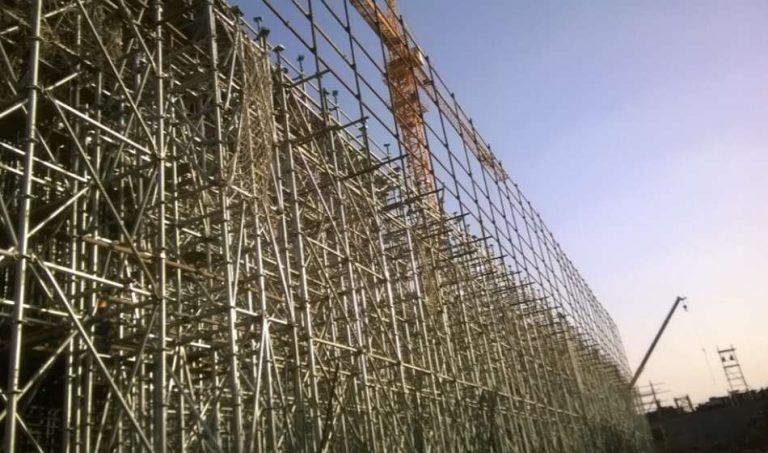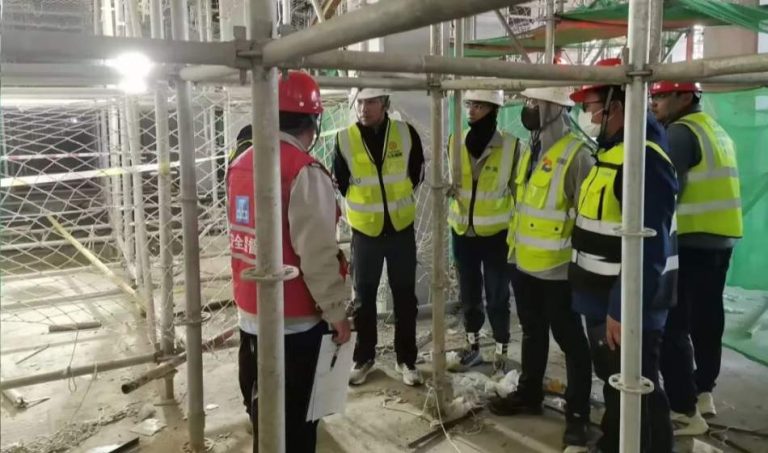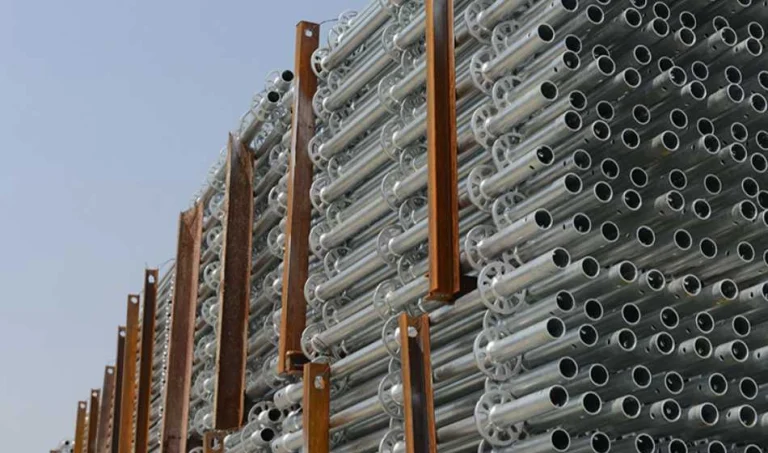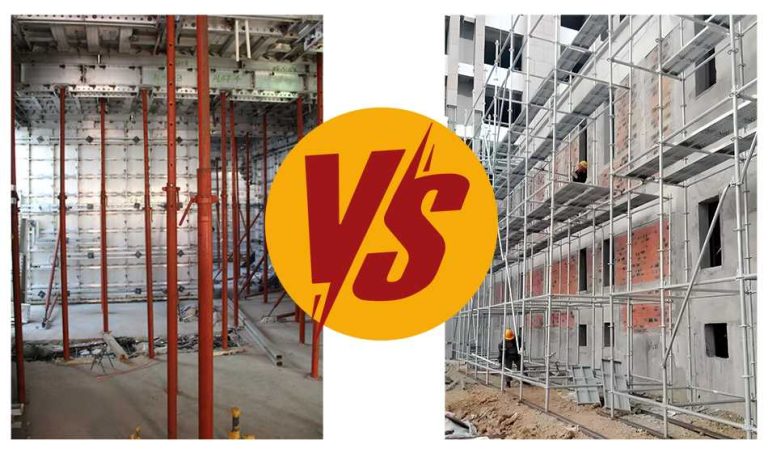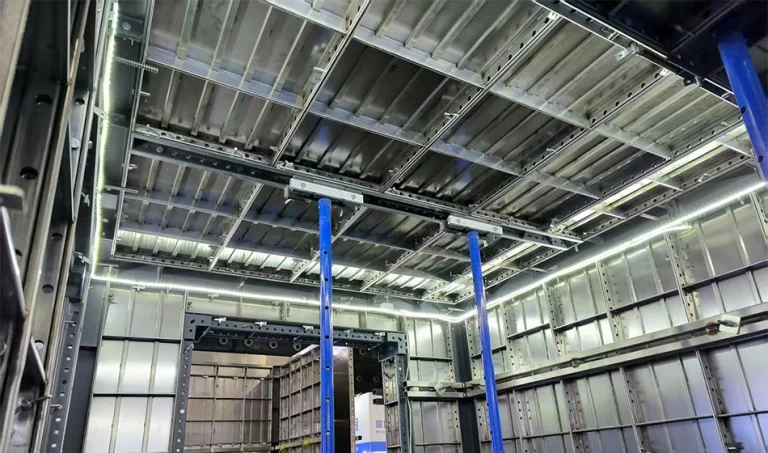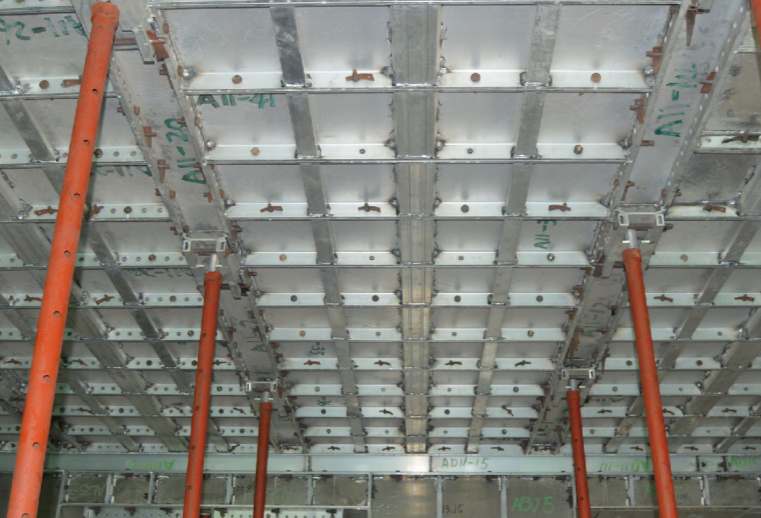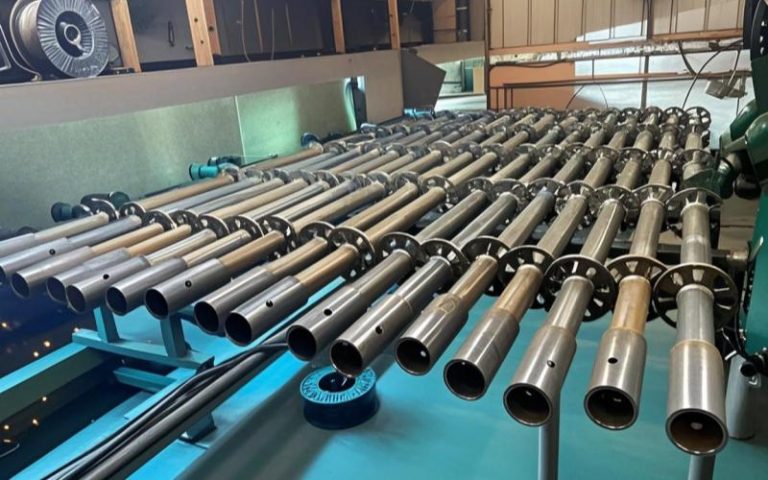Introducción
If you’re planning construction, renovation, or maintenance on any multi-story building, scaffolding is a must-have. But if you’ve never hired scaffolding before, the process can be overwhelming. The price for scaffolding isn’t fixed—it varies depending on size, type, location, hire duration, and safety requirements.
In this guide, we’ll go beyond just average prices. You’ll learn:
You will learn how much scaffolding costs per square meter in 2025.
What the 4:1 ratio means for scaffolding safety.
How to calculate and price a scaffolding job accurately.
How Safe Working Load (SWL) is determined.
There are ways to cut scaffolding expenses without sacrificing safety.
How Much is Scaffolding Per m²?
The most common way to price scaffolding for medium-to-large projects is by square meter. This method is more accurate than a flat rate because it accounts for both height and length.
Average Cost Per Square Meter in 2025
In 2025, the average scaffolding price per m² is:
- Residential projects: $15–$25/m² for short-term hire.
- Commercial/industrial: $20–$35/m² due to higher safety standards.
- Long-term hire: $10–$20/m² if renting for 2+ months.
Example:
A 12 m wide × 8 m high wall = 96 m².
At $18/m², the scaffolding hire cost is $1,728, plus delivery and setup fees.
Factors Affecting Per m² Pricing:
Height of the building—taller structures require more bracing.
Type of scaffolding—suspended and cantilever designs cost more than basic frame scaffolding.
Complexity of access—narrow streets or difficult terrain increase labor time.
Safety compliance—projects requiring extra inspections or PPE may cost more.
What is the 4 to 1 ratio for scaffolding?
The 4:1 ratio is a safety regulation found in OSHA (US) and NASC (UK) guidelines. It states:
The maximum height of a freestanding scaffold should not exceed four times its minimum base width unless it is securely tied to a structure.
Example:
If the scaffold base is 1 meter wide, the tallest it should be without bracing is 4 meters. Beyond that, tie-ins, or guy ropes, are mandatory.
Why it matters:
Prevents scaffolding from tipping over.
Maintaining stability in high winds is crucial.
Ensures compliance with local safety laws.
Ignoring the 4:1 rule can result in project shutdowns, fines, or workplace accidents.
How to Price a Scaffolding Job
Pricing a scaffolding job involves more than just measuring—you need to consider labor, materials, logistics, and hire duration.
Step-by-Step Pricing Method
- Measure the height and length of the area needing scaffolding.
- Calculate square meters: Height × Length.
- Multiply by the rate per m² for your region.
- Add setup/dismantle labor costs (usually $200–$500). Include delivery and transport fees.
- Add permit fees if required (common in city centers).
Factor in hire duration—longer hires often have reduced rates.
Example Calculation
A two-story house that requires scaffolding on one side is described as follows:
Height: 6 m
Length: 10m
Total: 60 m²
Rate: $18/m²
Material cost: $1,080
Delivery/setup: $350
Total cost: $1,430 for one week’s hire.
Is Scaffolding Charged Per Day?
Yes — but it’s not always cost-effective.
Small mobile towers: $40 – $100/day.
Larger structures are more cost-effective when hired on a weekly basis (starting at $300 perweek) or monthly.
When daily hire makes sense:
Quick one-day repairs (gutter cleaning, signage installation).
Jobs requiring minimal height and easy setup.
What is the cost of a Scaffolding Part 1 Ticket?
The CISRS Part 1 ticket (UK) is the first major scaffolder qualification.
Cost: £1,000–£1,400 in 2025.
Duration: Usually 2 weeks of training.
This training is required before individuals can progress to Part 2 and achieve Advanced Scaffolder status.
Scaffolders with Part 1 certification in the UK typically earn between £120 and £160 per day.
How Much is Scaffolding Rated For?
Scaffolding’s Safe Working Load (SWL) is its maximum load capacity per platform:
- Light duty: 225 kg (painting, inspections).
- Medium duty: 450 kg (general construction).
- Heavy duty: 675 kg (bricklaying, masonry).
Exceeding SWL risks collapse and worker injury—always check manufacturer ratings.
How to Calculate Scaffolding Square Meters
Formula: Total m² = Height × Length
Example:
A length of 15 m plus a height of 7 m equals 105 m.
When pricing, remember to calculate the area for all sides of a building that is surrounded by scaffolding.
How to Calculate Drop Zone of Scaffolding
The drop zone is a safety buffer beneath scaffolding to protect people from falling tools/materials.
Formula:
Drop Zone Width = Height ÷ 2
Alternatively, ensure there is a minimum 2-meter clearance in all directions.
Example:
A scaffold 8 m high should have a 4 m drop zone around it.
How to Reduce Scaffolding Cost
Get multiple quotes—prices can vary by 20–30%.
Hire in off-peak months—winter is often cheaper.
Share with neighbors—especially for terraced housing.
Opt for modular systems—faster assembly means lower labor costs.
Plan work efficiently—complete all tasks in one hire period.
What is Bay Length in Scaffolding?
A bay is the space between two vertical scaffold posts.
Standard bay length: 1.8 m – 2.5 m.
Longer bays reduce material costs but lower load capacity.
Shorter bays improve stability but use more components.
How to Calculate SWL of Scaffolding
SWL = Load Test Result ÷ Safety Factor
Safety factors are typically 4:1, meaning the scaffold is tested to hold 4× its rated load without failure.
What is the recommended weight that scaffolding should support per platform?
OSHA recommends:
- Light duty: 225 kg/m²
- Medium duty: 450 kg/m²
- Heavy duty: 675 kg/m²
Always distribute loads evenly to avoid tipping or collapse.
Conclusión
Understanding the price for scaffolding, the 4:1 safety ratio, SWL calculations, and cost-saving strategies can help you plan projects more efficiently. Whether you’re using a scaffolding cost estimate calculator or hiring a professional, accurate pricing and strict safety compliance ensure your project runs smoothly and safely. Companies like Acumularse combine competitive pricing, accurate calculations, and strict safety compliance, making them a smart choice for both residential and commercial projects.

